
21 · female · diagnosed asperger'sThe vacuum of outer space feels so comfy :)
233 posts
Latest Posts by cozy-airlessness - Page 4

Selene Goddess of the Moon by Susan Lyon

The Size of the Sun As Seen From Each Planet

Ar.design.shop

Dragon has achieved zero-g!

My girlfriend and I could not stop laughing about this motion blur, so I...


Animated gif for a class that I procrastinated on for like a month! It’s Sally Ride, who I had a mild obsession with in like elementary school
The first West Coast SpaceX launch captured by photographer Dylan Schwartz.
i cannot stress the importance of letting yourself be autistic
not just the good parts, not the parts that are met with an “aw, that’s a good autistic trait, so it’s ok!”
no. fuck that. you’re autistic, and as long as you’re not hurting anyone (including yourself), do whatever the fuck you need to in order to have your needs met and feel comfortable.
it sounds harsh, but sometimes it needs to be: fuck other peoples’ feelings. they are not the top priority in your life, you are.

crew dragon mated to falcon 9!

Mae Jemison Trains for Her Space Shuttle Flight : Mae Jemison, the first black woman in space, participated in crew egress training for Space Shuttle Endeavour’s STS-47 mission during the Terminal Countdown Demonstration Test. (via NASA)

The Shuttle Atlantis seen in silhouette during solar transit, May 12, 2009. Image by NASA/Thierry Legault.
(NASA)




Titan: Ligeia Mare and environs
Numerous lakes of hydrocarbons and seas are visible: at the top is the prominent body of liquid known as Ligeia Mare; the main centers are in the northernmost part of Kraken Mare and on the island of Mayda Insula; and in the bottom center is a portion of Punga Mare. In the lower right corner, Jingpo Lacus reveals a series of sinuous canals in its lake bed, while Bolsena Lacus appears in the lower left corner.
Credit: NASA/JPL-Caltech/Space Science Institute/Ian Regan
I don’t know who needs to hear this but you’re neither lazy nor useless, fatigue is a symptom of your illness(es) and it’s completely reasonable that a fatigued person would struggle with the things you’re struggling with
This reminds me of some NASA Mars lander concepts. Maybe it’s coz I see the Worm logo on the side of a lander.





This was NASAs human lander for the 1990s proposed First Lunar Outpost missions to the Moon that never made it to the Moon. Unlike Apollo missions which used Lunar orbit rendezvous it was to use direct descent and ascent with the astronauts riding in an Apollo style capsule to and from the Moon’s surface. The unmanned version carried the outpost that could support a crew of four for up to 45 days.
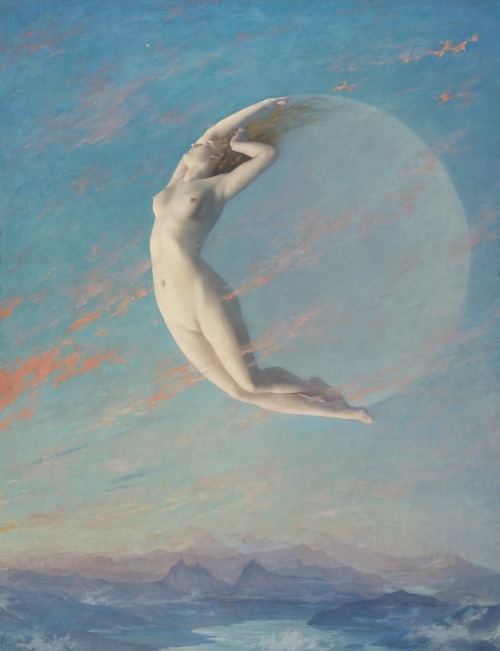

Selene
Albert Aublet / Jules Louis Machard

NASA Astronaut Anna Fisher photographed by John Bryson for Life Magazine, May 1985.

The Night Rolls In, - Greg Mort, 2011.
American,b.1952-
Watercolour, 14 × 20 in. 35.6 × 50.8 cm

Ver sacrum - 1899 - via University of Heidelberg



Earth gravity vs Martian gravity vs Lunar gravity

STS-31 on Approach by NASA on The Commons


Esa/JAXA’s Bepi Colombo Spacecraft during one of its Earth flybys before heading towards mercury

Detroit Free Press, Michigan, August 31, 1934
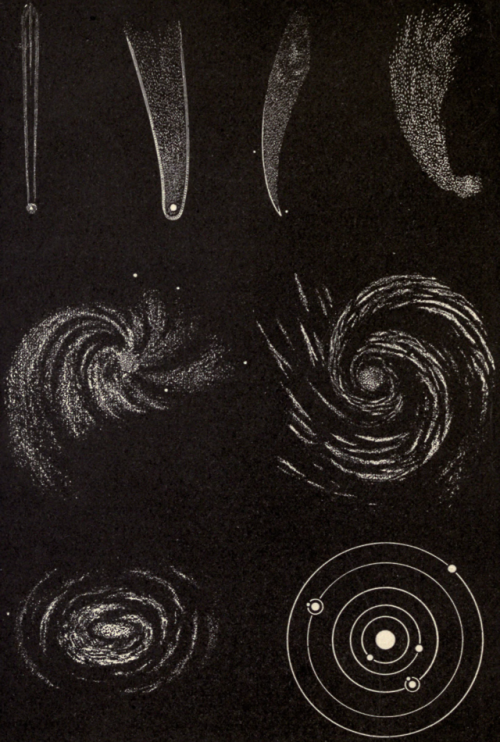
“Typical stages in development of a solar system.” The source and mode of solar energy throughout the universe. 1895. Frontispiece.
Internet Archive

SCP-268-FR - “Dix-Mille Lucioles”

“Nebulose diffuse, semplici, stellate. cometa. pianeti. anelli.” (to accompany) Atlante di geografia universale. 1842.
David Rumsey






Charlie: “That ain’t very fun, is it?”
John: “That ain’t very smart.”
It’s Apollo 16′s 48th anniversary so here’s a gifset of Charlie Duke tripping, falling, dropping things and generally being clumsy on the surface of the Moon

Saturn Behind the Moon : What’s that next to the Moon? Saturn. In its monthly trip around the Earth – and hence Earth’s sky – our Moon passed nearly in front of Sun-orbiting Saturn earlier this week. Actually the Moon passed directly in front of Saturn from the viewpoints of a wide swath of Earth’s Southern Hemisphere. The featured image from Sydney, Australia captured the pair a few minutes before the eclipse. The image was a single shot lasting only 1/500th of a second, later processed to better highlight both the Moon and Saturn. Since Saturn is nearly opposite the Sun, it can be seen nearly the entire night, starting at sunset, toward the south and east. The gibbous Moon was also nearly opposite the Sun, and so also visible nearly the entire night – it will be full tomorrow night. The Moon will occult Saturn again during every lap it makes around the Earth this year. via NASA

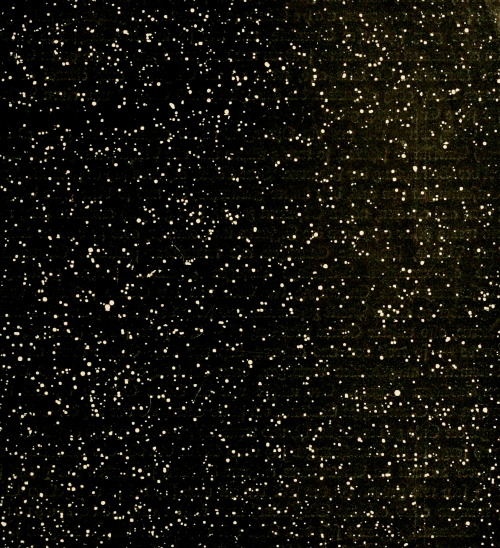
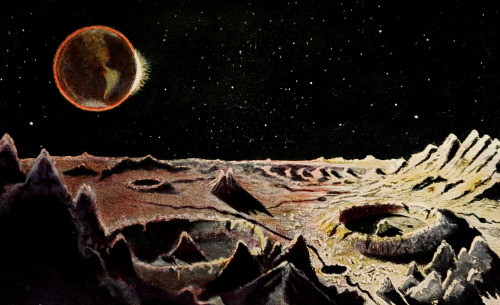
Aus fernen Welten (Astronomy for All) - Bruno Hans Bürgel - 1920 - via Internet Archive
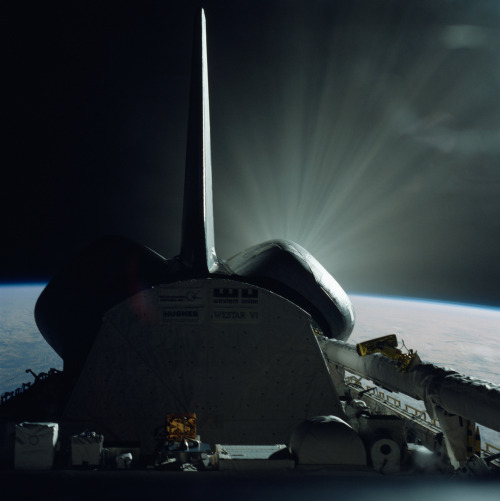
Challenger thrusting, STS-41B, 3-11 February 1984.